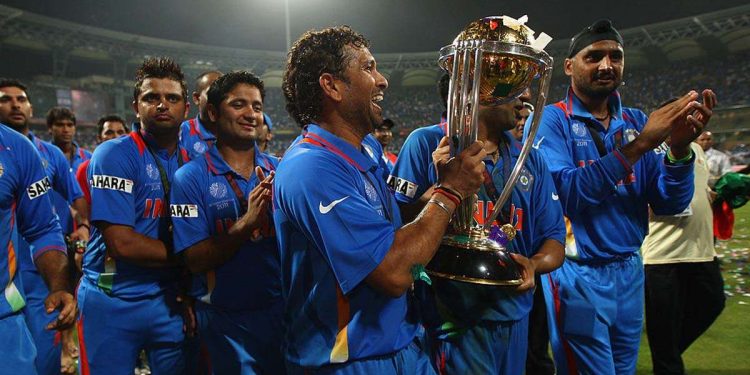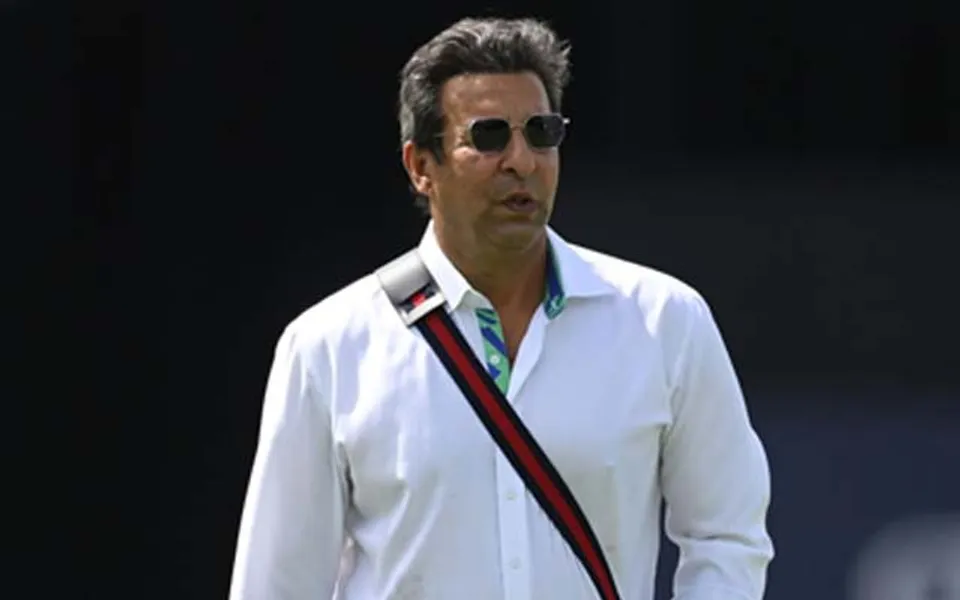The tenth edition of the ICC Cricket World Cup, which was jointly hosted by India, Sri Lanka, and Bangladesh in 2011, brought the tournament back to the subcontinent after a 15-year absence. The spectators experienced 49 riveting matches in various locations across three nations, keeping them on the edge of their seats. Although Pakistan was also given the hosting rights, the International Cricket Council (ICC) revoked them following the horrifying terrorist assault on Sri Lankan cricketers in Lahore in 2009.
14 games that were supposed to be played in Pakistan, including one semifinal, were split up among the other three countries as a result. Sri Lanka received four matches, Bangladesh received two, and India received eight games, including the semifinal.
Format and Participating Teams

A total of 14 teams contested for the coveted trophy, which was a decrease from the 16 teams who participated in the 2007 West Indies tournament. The 10 teams, who are full members of the ICC, earned their spots in the mega event, while the four associate teams were chosen in a qualification round held in South Africa. Ireland and Canada secured their positions as the competition’s winners and runners-up, respectively.
The Netherlands and Kenya, on the other hand, managed to advance by taking third and fourth place, respectively. With 14 teams split into two groups of seven, the 2011 edition followed a similar format to the 1996 World Cup. The top four teams from each group advanced to the quarterfinals, and the semifinalists and championship match, respectively, went to the victors. The DRS technology was also utilized for the first time at an ICC event during this edition.
1.’Dhoni finishes it off in style’

Mahela Jayawardene, who had won the toss and decided to bat first for Sri Lanka, saved his team’s innings with a brilliant hundred (103* off 88). He also made history by becoming the first World Cup player to score 100 goals in both the semifinal and championship games. As a response, India was in trouble at 114/3 as openers Virender Sehwag and Sachin Tendulkar cheaply left the field.
Yuvraj Singh was in excellent form when skipper MS Dhoni walked out to the middle and performed one of the finest captain’s innings in World Cup history. Dhoni (91* off 79) and Gautam Gambhir (97 off 122) broke India’s 28-year trophy drought and made their country the first to take home the World Cup title.
Yuvraj Singh won Player of the Tournament after taking 15 wickets and scoring 362 runs during the competition, while Dhoni received the Player of the Match award after finally ending his dry spell in the tournament.
With 500 runs in nine innings at an average of 62.50, Tillakaratne Dilshan ended as the top run scorer. On the other side, Shahid Afridi and Zaheer Khan, who both claimed 21 wickets, were at the top of the bowling rankings.
2. India make it 5-0 vs Pakistan

The match lived up to its reputation as India defeated Pakistan by 30 runs to defeat them for the sixth time in a row in the World Cup and advance to the final for the third time overall. In the 11th over of the first innings, Indian batsman Sachin Tendulkar was declared out by umpire Ian Gould after facing Saeed Ajmal. This controversy was only one of several surrounding the thrilling event. To everyone’s surprise, it was discovered that the ball was missing the leg stump upon referring the decision.
The firm that provided the ball tracking technology for the 2011 World Cup, Hawk Eye Innovations, also released a statement in the midst of the debate to stress that the choice was the right one.
At the Wankhede Stadium in Mumbai, the major final featured hosts India and Sri Lanka playing one another. The toss had to be done again because of the stadium’s loud roar, which prevented the match official from hearing Sri Lankan captain Kumar Sangakkara’s call.
3. New Zealand stun South Africa in Quarter finals

In the third game, New Zealand shocked South Africa by defeating them by a score of 49 runs, eliminating them from the competition. South Africa’s World Cup knockout drought consequently continued. With more than ten overs remaining in the fourth quarterfinal, Sri Lanka outclassed England by chasing down 230 without losing.
The team led by Kumar Sangakkara went on to defeat New Zealand in the semifinal to advance to the final in Mumbai’s Wankhede Stadium. On the other side, India and Pakistan squared off in the second semi-final, which ended up being the biggest game of the competition and was seen by the prime ministers of both nations.
4. The Kevin O’ Brien Show

Kevin O’Brien, who orchestrated one of the biggest upsets in the tournament by scoring the fastest century in World Cup history in just 50 balls, further hurt England’s chances. England continued to struggle in the competition as they were once again shocked by Bangladesh in Chattogram. At 169/8, the co-hosts were in trouble as they needed 226 runs to win. An unbroken 58-run stand between Mahmudullah (21*) and Shafiul Islam (24*) helped their team win, greatly hurting England’s cause.
South Africa dealt India their first loss of the competition when Robin Peterson scored 13 runs against Ashish Nehra in the last over in Nagpur. Eight teams advanced to the quarterfinals after the group stage, and the action switched to the knockout stage. With another Yuvraj Singh masterpiece, Pakistan defeated West Indies by ten wickets in the first match, while India defeated Australia by six wickets in the second.
5. Yuvraj Singh achieves historic feat vs Ireland

Yuvraj Singh, an all-rounder for India, made his presence known in the competition by breaking a record against Ireland. The southpaw made World Cup history by being the first player to pick up a five-wicket haul and score fifty runs. He received the first of his four Player of the Match accolades for the season as a result of his record-breaking performance.
Ross Taylor went into beast mode against Pakistan during Game 24, making the most of the drop opportunities that were given to him on his birthday. The Kiwi hitter reached 131* (124) undefeated after a stunning 63* off his final 19 balls. Taylor was named Player of the Match after New Zealand defeated Australia by a huge margin of 110 runs.
6. Kemar Roach and Lasith Malinga scalp hat-tricks

Bowlers also experienced their fair share of highs and lows. In Match 13, against the Netherlands, Kemar Roach recorded the sixth hat-trick in tournament history. In the very following match in Colombo against Kenya, Lasith Malinga duplicated the feat for his second hat trick of the World Cup.
During Match 17, Pakistan was bowled out for just 184 by Canada, giving Canada a small scare. However, Shahid Afridi’s five-wicket haul enabled his team win by 46 runs.
During Match 21 in Chennai, England and South Africa engaged in another entertaining match. When England batted first, they were bowled out for 171 in 45.4 overs. In response, Stuart Broad’s four-wicket haul propelled his team to a six-run triumph.
7. Virender Sehwag starts the tournament with a bang

When he cut Bangladeshi seamer Shafiul Islam for a four through the offside to give India an excellent start to the competition, Indian opener Virender Sehwag gave it an unbelievable start. He later scored a brilliant 175 (140), which helped India win the first game by an enormous margin of 87 runs.
In the tenth match of the Group Stage, Pakistan maintained its perfect record against Sri Lanka by defeating them by 11 runs for the seventh time in a row. The famous Sachin Tendulkar became the first hitter to score five hundreds in tournament history during Match 11 vs. England, shattering records in the very following game.






